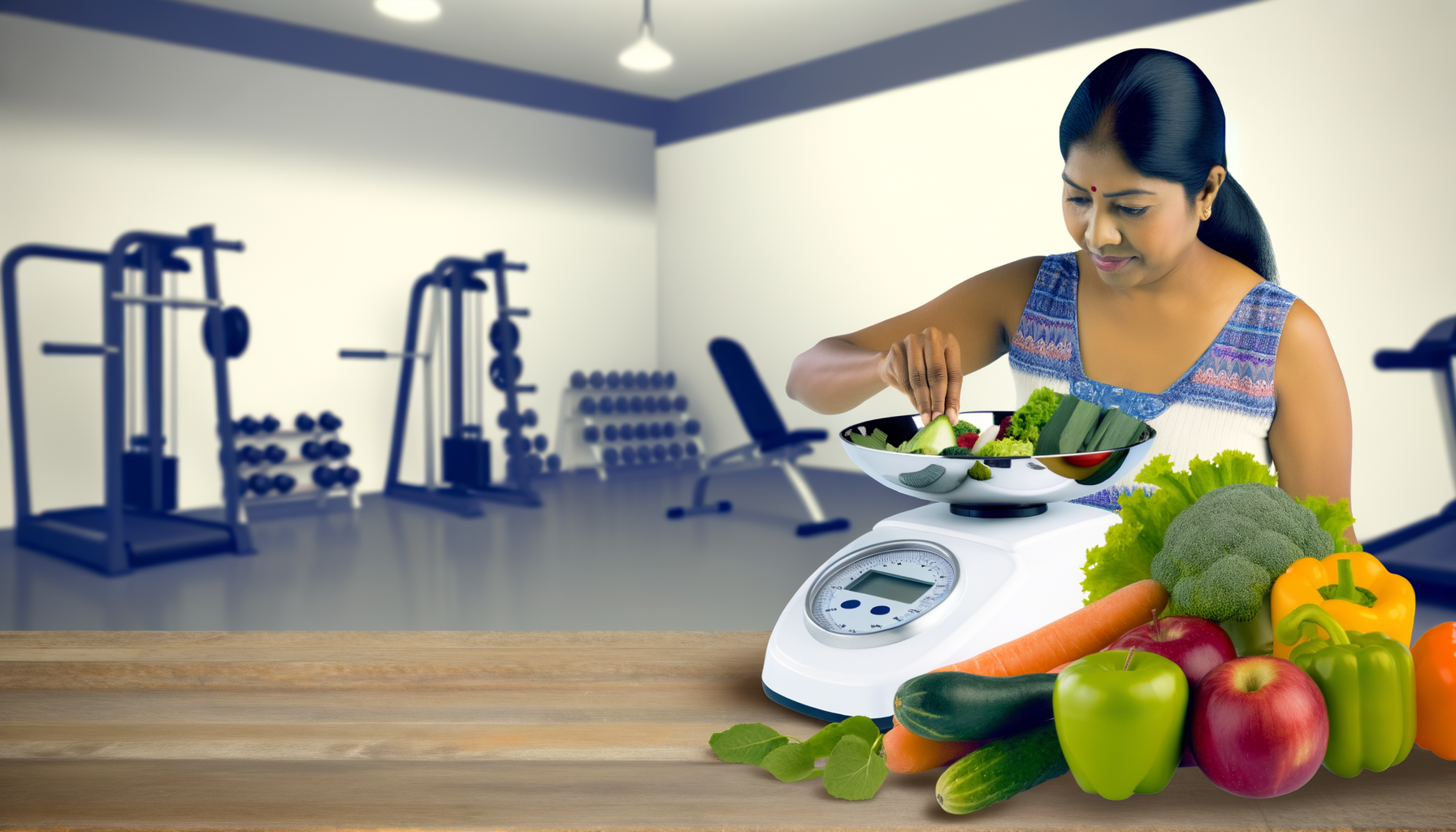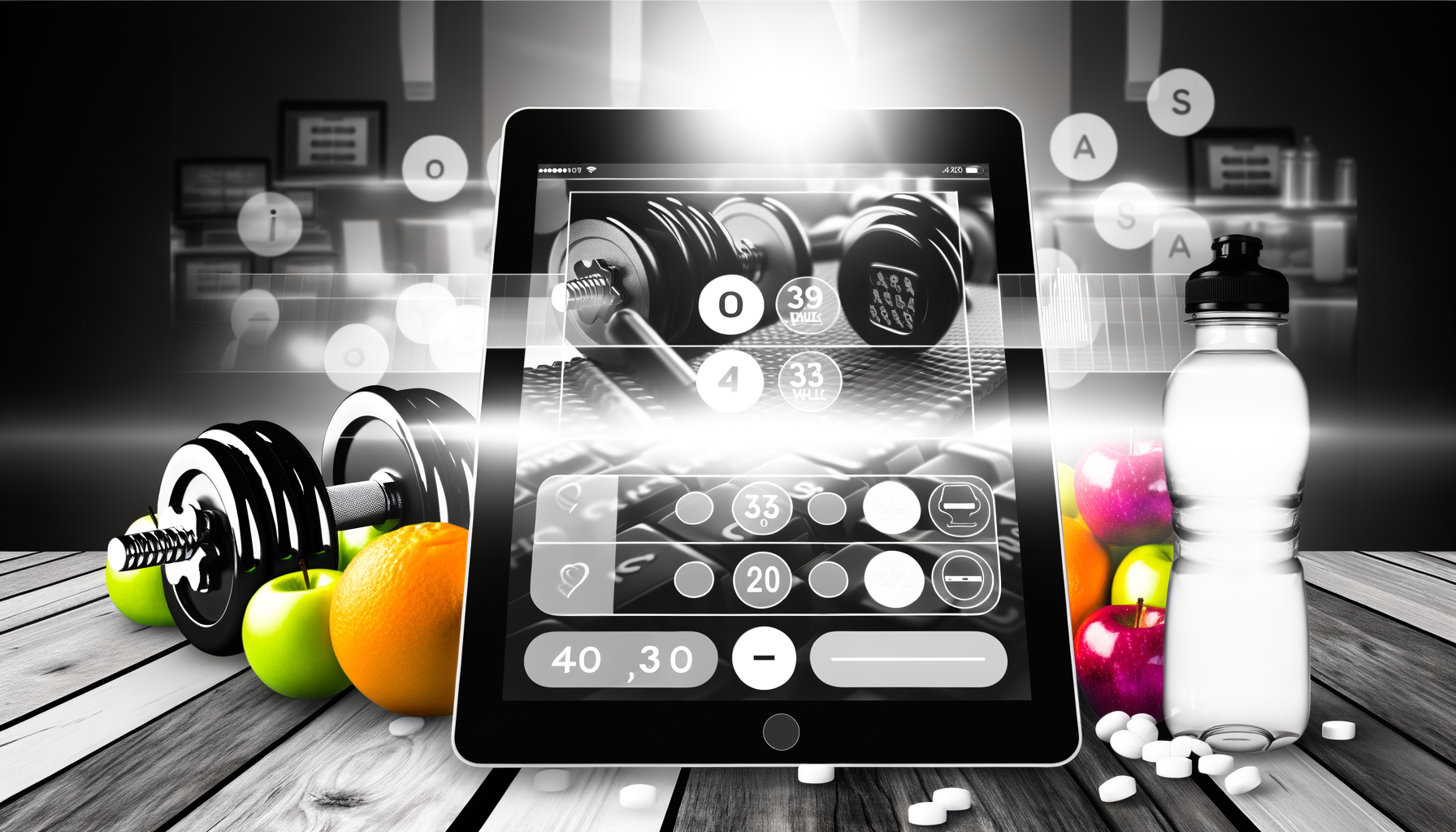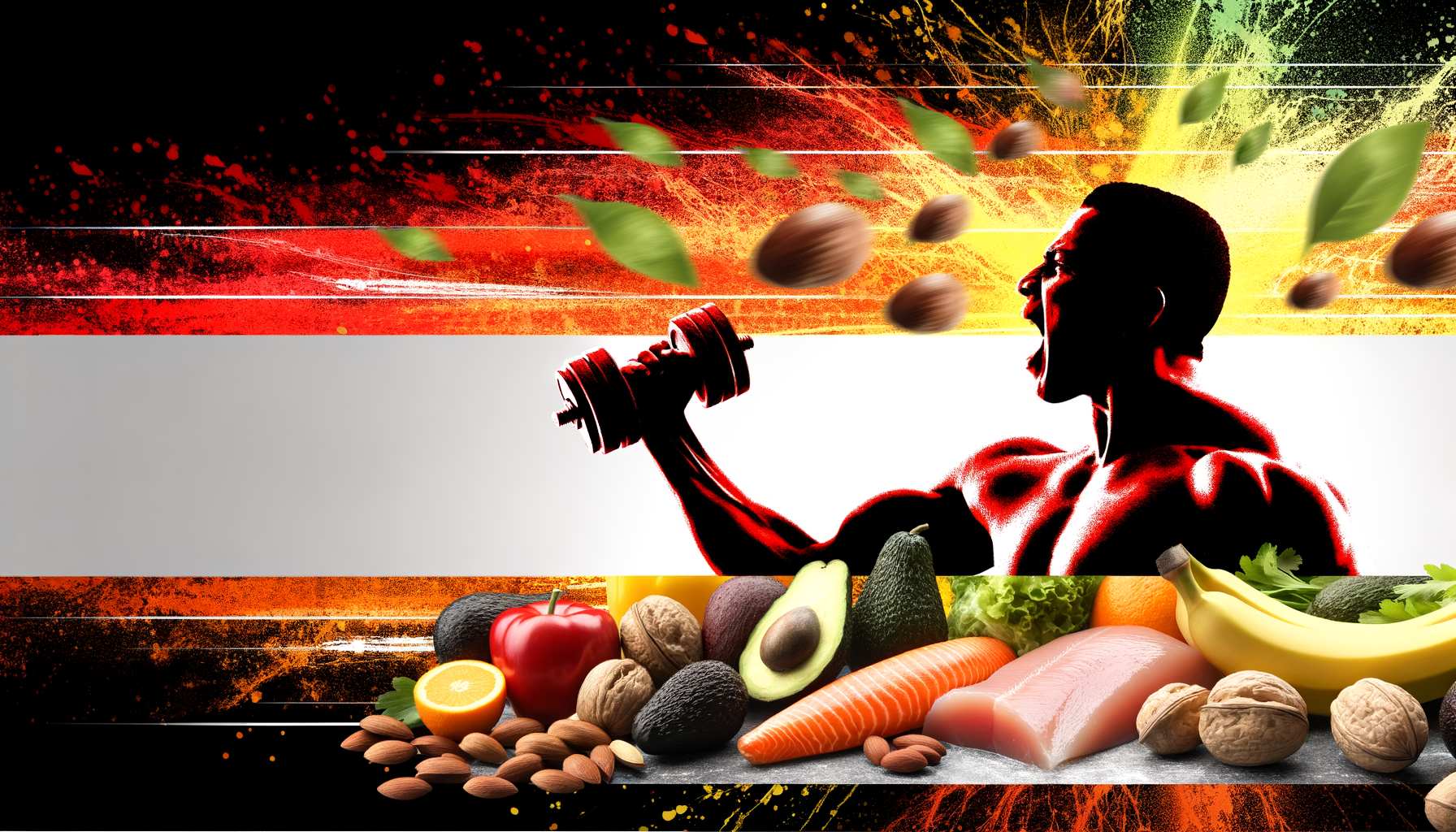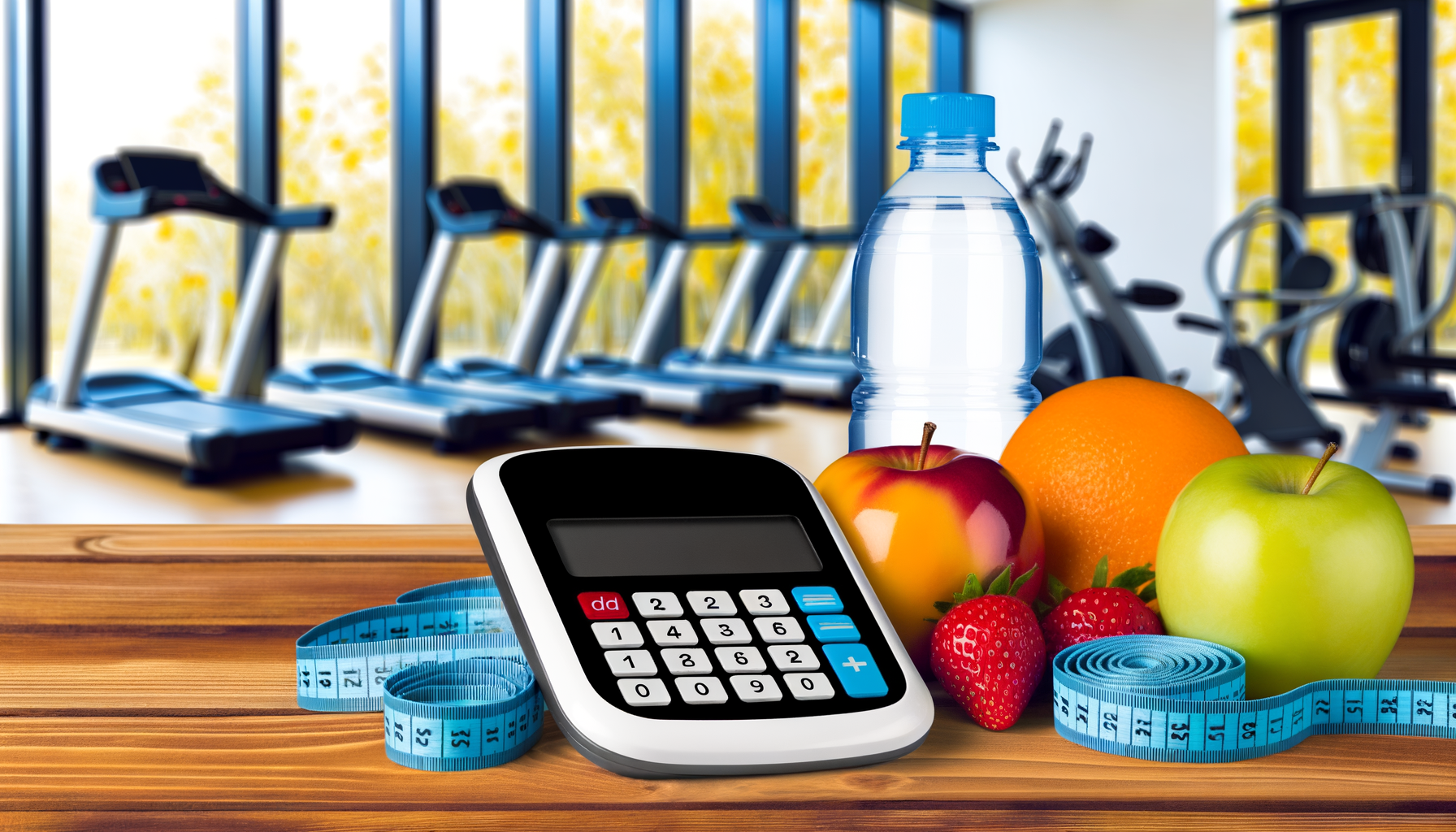Using Calorie Data to Optimize Powerlifting Performance
Unlocking Powerlifting Potential: The Role of Calorie Data in Strength Nutrition
When it comes to powerlifting, optimizing performance is not just about the lifts; it's also heavily influenced by nutritional strategies. Calorie data plays a crucial role in this optimization, helping powerlifters achieve their strength and body composition goals. Here’s a detailed look at how calorie data can be used to enhance powerlifting performance.
Calculating Calorie Requirements
To optimize powerlifting performance, it is essential to calculate the correct calorie requirements. This involves considering several factors, including current body weight, workout frequency and intensity, and lifestyle outside the gym. There are several methods to calculate these requirements, including manual calculations, online calculators, and mobile apps. ```html
For example, to manually calculate calorie needs, you start by determining your Basal Metabolic Rate (BMR) and then multiply it by an activity factor that reflects your training frequency and intensity. For a powerlifter training four days a week, this might involve multiplying the BMR by 1.4 to get the total daily energy expenditure (TDEE)[4).
```Macronutrient Breakdown
Once the total calorie needs are determined, the next step is to break down these calories into macronutrients: carbohydrates, protein, and fats. For powerlifters, the recommended macronutrient breakdown is critical for performance and recovery. - **Carbohydrates**: These are the primary energy source for high-intensity efforts like powerlifting. Aim for 4-8 grams of carbohydrates per kilogram of body weight per day. Carbs help replenish glycogen stores and prevent fatigue and muscle soreness after training. - **Protein**: Essential for muscle repair and growth, protein intake should be around 1.4-2 grams per kilogram of body weight per day. Distributing protein throughout the day, with a focus on meals and snacks before and after training, is crucial. - **Fats**: While less emphasized, fats are important for overall health and should make up about 30% of total daily calories. Focus on mono- and poly-unsaturated fats.
Energy Intake and Training Phases
Powerlifters often go through different training phases, each requiring adjusted energy intake. During the off-season or general preparation phase, higher training volumes necessitate higher energy intakes to support lean mass gains. A small calorie surplus is often recommended to maximize lean mass accretion. ```html
In contrast, during the competition preparation phase, training volume may taper, and energy intake needs may be lower to match the reduced energetic demands of training. However, it's crucial to avoid excessive calorie restriction to prevent loss of fat-free mass (FFM)[1>.
```Acute and Chronic Dietary Strategies
Powerlifters use both acute and chronic dietary strategies to optimize performance. Acutely, focusing on pre- and post-workout nutrition is vital. For example, consuming 40-60 grams of carbohydrates paired with a protein source 30 minutes to 2 hours before training can help fuel high-intensity efforts. Post-workout, aiming for 20-40 grams of protein within 30 minutes to 2 hours after the lift supports recovery. ```html
Chronic strategies involve long-term dietary plans. Many powerlifters follow the If It Fits Your Macros (IIFYM) or flexible dieting approach, which involves reaching specific daily targets for protein, carbohydrates, and fats without restricting food sources[4>.
```Managing Energy Deficits and Weight Loss
For powerlifters aiming to lose weight or compete in a specific weight class, managing energy deficits is critical. An energy deficit is necessary for weight loss, but it must be implemented carefully to avoid excessive loss of FFM. Aiming for a weekly weight loss of 0.5-1.0% of body weight is recommended to maximize FFM retention. ```html
It's also important to consider the physiological adaptations that occur with caloric restriction, such as reduced daily energy expenditure and increased appetite. These factors may require adjustments to the caloric intake over time to maintain the desired weight loss trajectory[1>.
```Supplements and Ergogenic Aids
In addition to a well-balanced diet, certain supplements can enhance powerlifting performance. Caffeine, for example, can stimulate the nervous system and improve performance when consumed in moderation (100-300mg before a lift). Creatine monohydrate is another ergogenic aid that can be beneficial for resistance training, recommended at 3-5 grams per day.
Real-World Examples and Case Studies
Several studies and surveys highlight the practical application of these nutritional strategies. For instance, a survey of competitive powerlifters found that most follow specific diets, with IIFYM/flexible dieting being the most common. This approach allows powerlifters to meet their macronutrient needs while adapting to different training phases. ```html
A case study on resistance-trained athletes emphasized the importance of a balanced diet during a fat loss phase. Athletes who maintained a weekly weight loss of 0.5% retained more FFM compared to those with higher weekly weight losses, underscoring the importance of careful caloric management[1>.
```Conclusion and Practical Application
Optimizing powerlifting performance through calorie data and nutritional strategies is a multifaceted approach. By calculating accurate calorie needs, adhering to a balanced macronutrient breakdown, and adjusting energy intake based on training phases, powerlifters can enhance their strength and body composition. Using tools like the WP Calorie Calculator can help in accurately determining these needs and tracking progress. ```html
For those looking to implement these strategies, it is crucial to monitor and adjust based on individual responses. This may involve using WP Calorie Calculator Plans to tailor your diet and training regimen. By combining these nutritional insights with consistent training and recovery practices, powerlifters can achieve significant improvements in their performance.
```Final Thoughts
Powerlifting is a sport that demands precision in both training and nutrition. By leveraging calorie data and adhering to evidence-based nutritional strategies, athletes can optimize their performance, achieve their goals, and maintain overall health. Whether you are a seasoned powerlifter or just starting out, understanding and applying these principles can make a significant difference in your journey.











